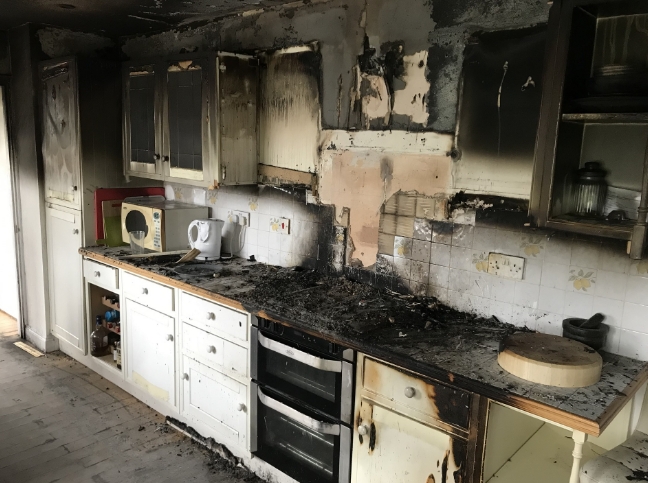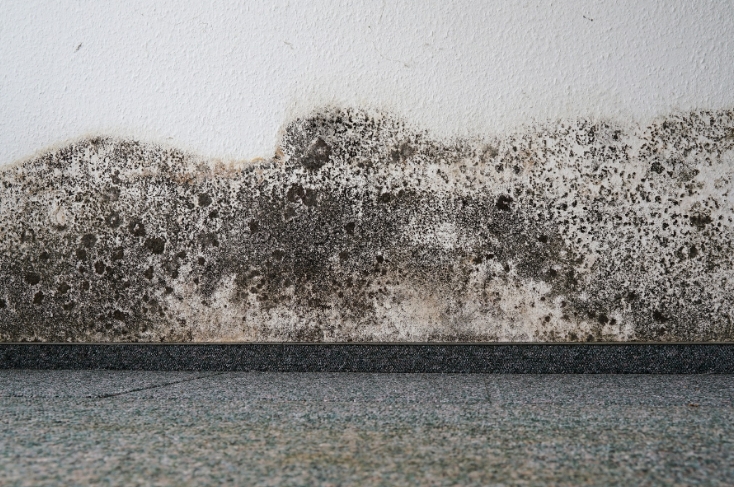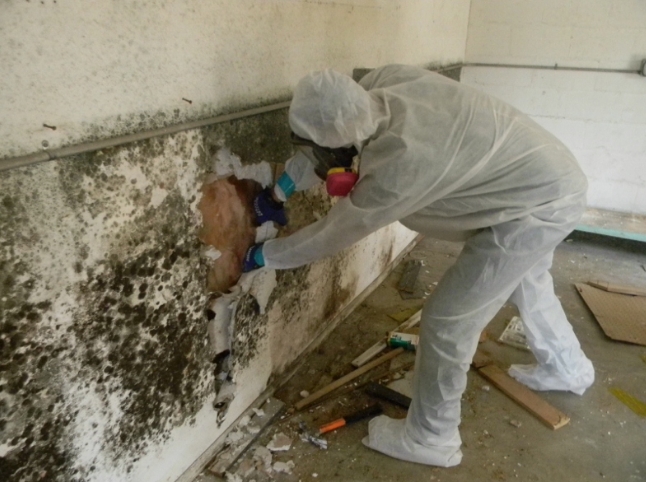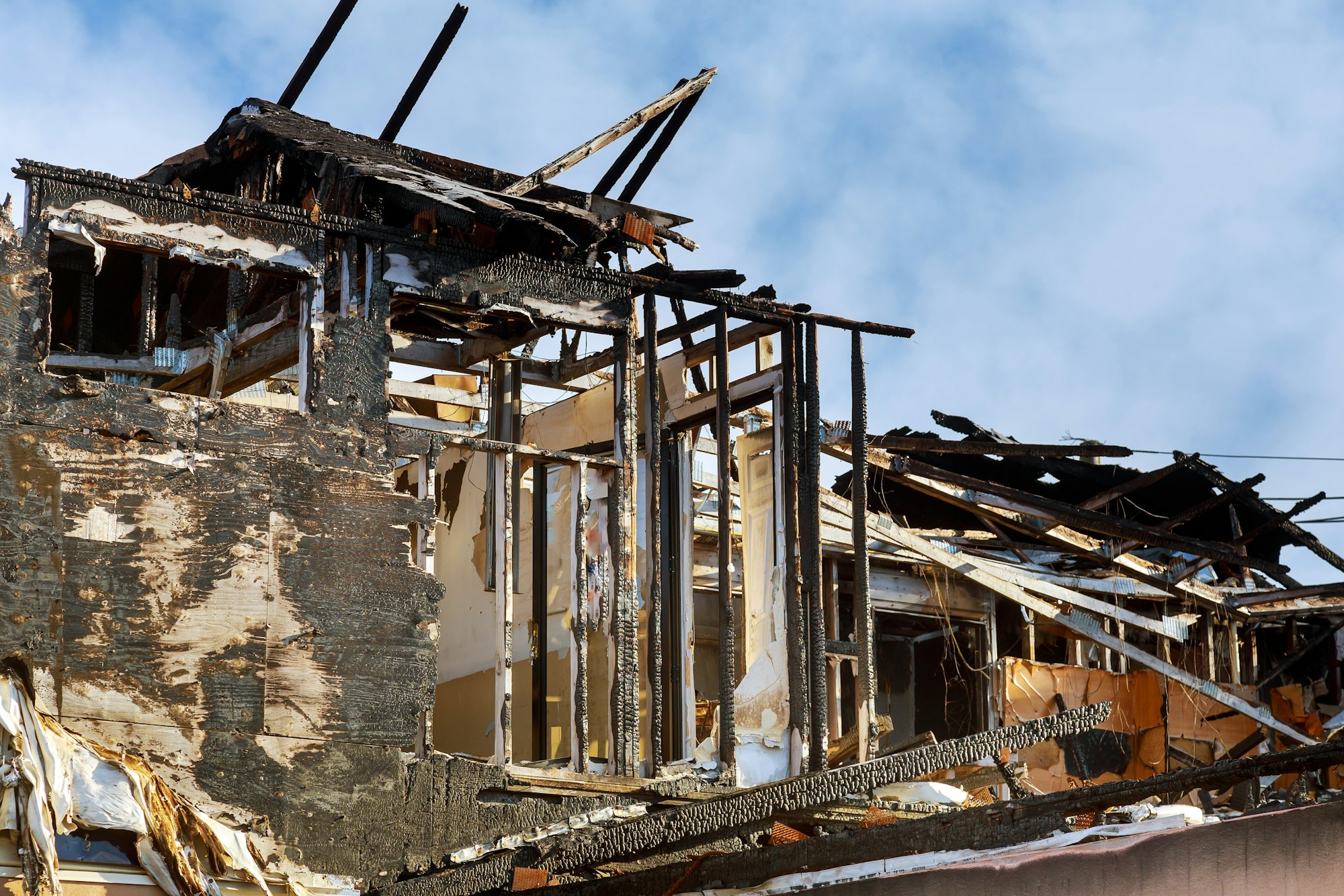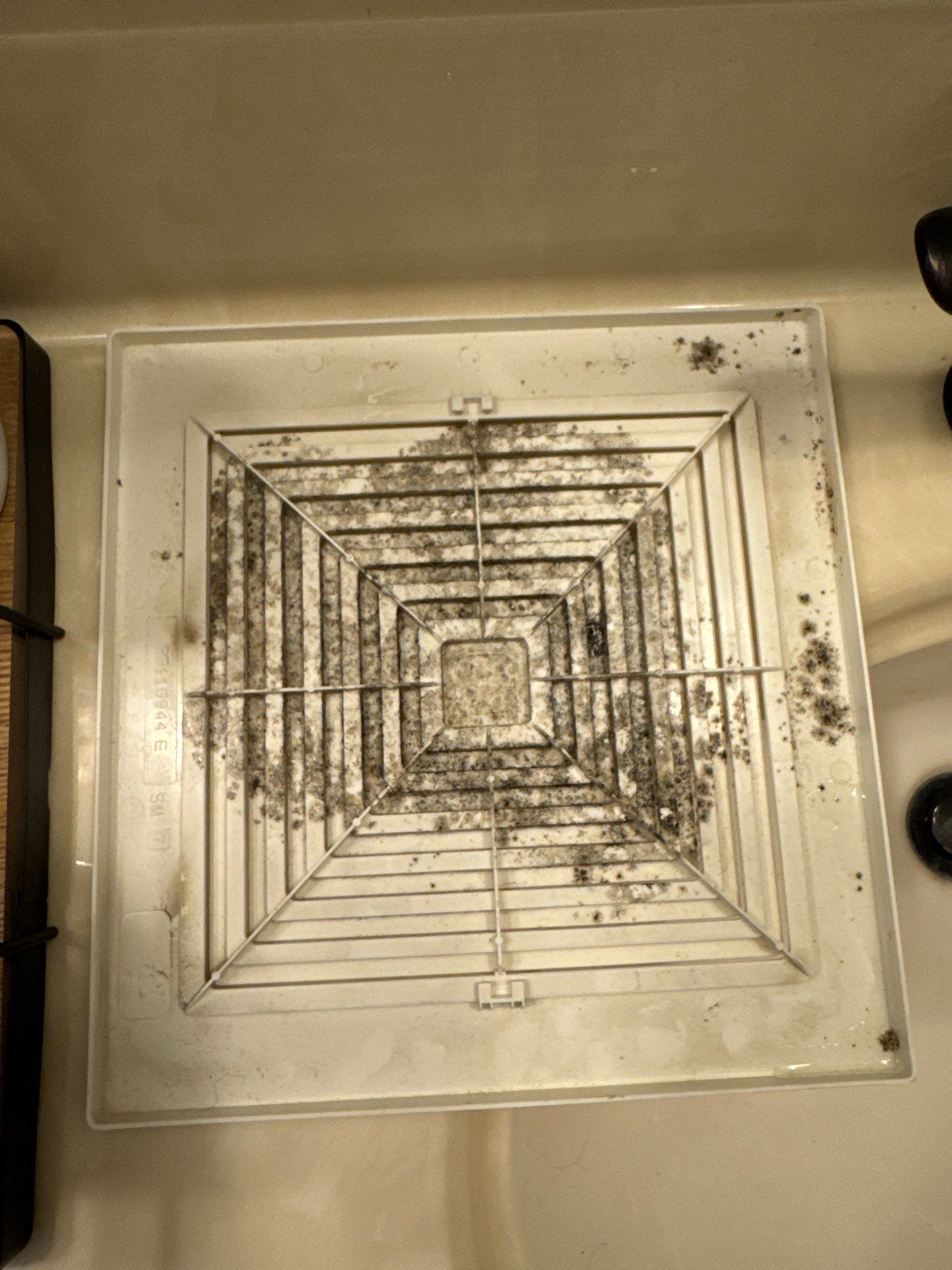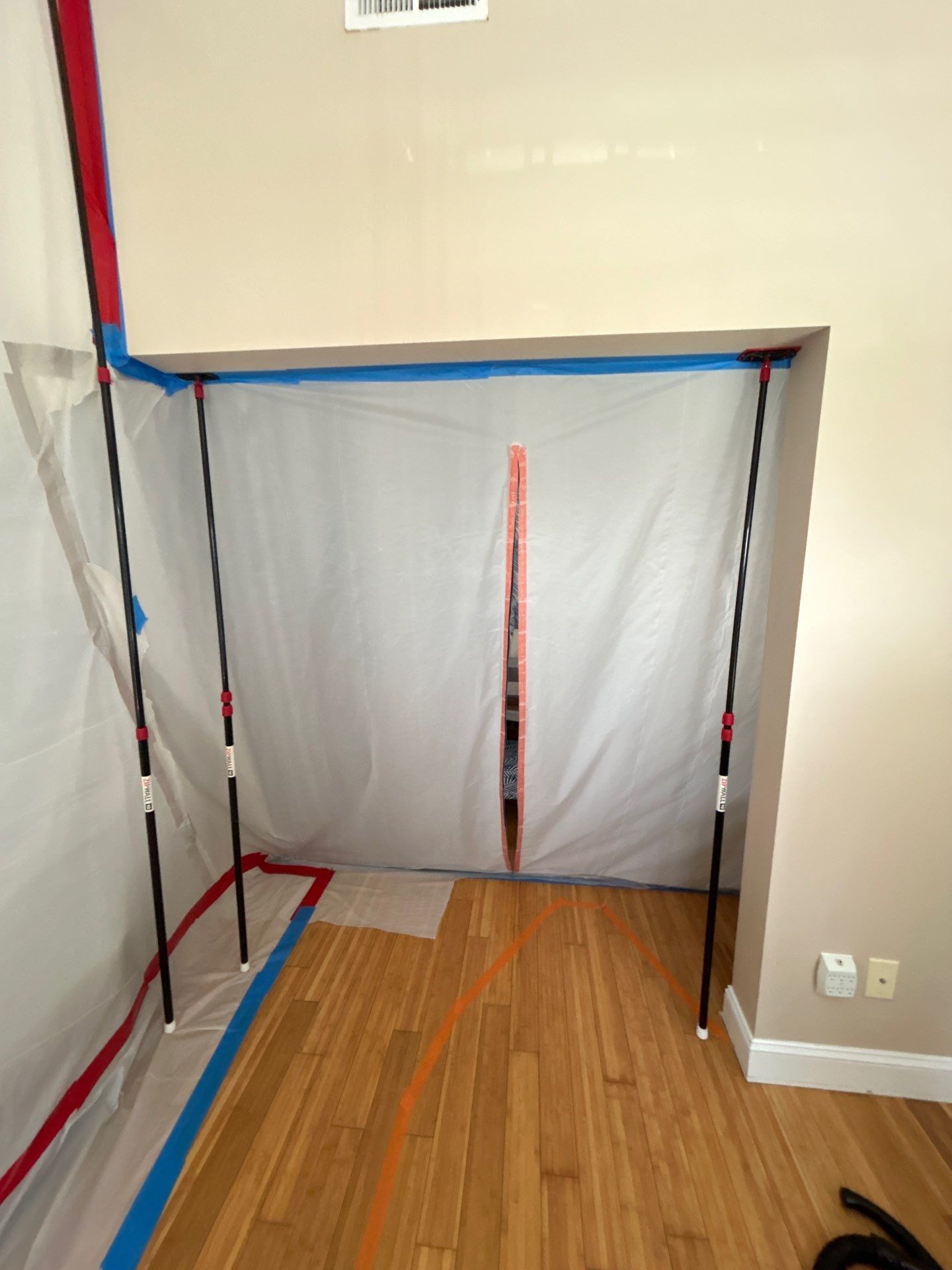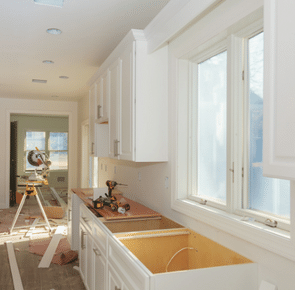Common Places for Mold
Common Places for Mold: During the summer, with its unpredictable weather patterns, mold can become a concern. The warm, humid air creates ideal conditions for mold growth in Eastern North Carolina, particularly the area along the coast in towns such as Surf City, NC; Holly Ridge, NC; Sneads Ferry, NC and Hampstead, NC. Every home provides the necessary elements for mold to thrive. Understanding where mold is likely to develop within your home can help prevent its growth, ensuring both your home and health remain intact.
Bathrooms: Bathrooms are prime locations for mold due to their warm, moist environment. Inadequate ventilation, such as a lack of windows or a functioning fan, often leads to mold growth. Areas prone to mold include showers, bathtubs, sinks, toilets, and surrounding fixtures like faucets and shower heads. It’s essential to regularly inspect and clean these areas, including checking for leaks and ensuring proper drying to prevent mold buildup.
Tips for Keeping Your Bathroom Mold Free:
- Use a ventilation fan during and after bathing.
- Consider using a dehumidifier to maintain lower humidity levels.
- Keep all surfaces dry and clean, including floors, walls, and countertops.
- Promptly address any leaks.
Kitchen: The kitchen is another common site for mold and bacteria growth, especially around sinks, under cabinets, and near appliances like refrigerators and dishwashers. Areas prone to spills and moisture, such as stovetops and microwaves, should be kept clean and dry to prevent mold formation.
Common Places for Mold: Tips for Keeping Your Kitchen Mold Free:
- Ventilate while cooking and cleaning by using exhaust fans or opening windows.
- Wash dishes promptly to prevent accumulation.
- Regularly clean and dry kitchen surfaces, including countertops and cabinets.
- Ensure the refrigerator is clean and free of expired food.
Bedroom: Even bedrooms can harbor mold, particularly in areas with poor ventilation or high humidity. Mattresses and windows are common spots for mold growth due to condensation buildup, especially in rooms with air conditioning units.
Tips for Keeping Your Bedroom Mold Free:
- Use a dehumidifier to reduce moisture levels.
- Wipe down any condensation on walls, windows, and vents.
- Consider using a mold-resistant mattress or waterproof mattress cover.
Living Room: Mold can develop in the living room on fabrics, such as couches and curtains, where moisture accumulates. Additionally, areas like fireplaces and chimneys, which remain unused during the summer, can be prone to mold growth if not properly maintained.
Tips for Keeping Your Living Room Mold Free:
- Keep fabric upholstery clean and dry.
- Regularly check for food and moisture in couch crevices.
- Clean curtains and have chimneys inspected and cleaned regularly.
Attic, Basement, Garage: These areas are particularly susceptible to mold due to their potential for moisture buildup from leaks or inadequate ventilation. Inspecting these spaces for mold, especially near vents, pipes, and windows, is crucial for preventing mold from spreading throughout the home.
Tips for Keeping Attics, Basements, and Garages Mold Free:
- Repair roof leaks promptly.
- Ensure proper insulation and ventilation.
- Keep areas around pipes and foundations dry and well-maintained.
- Introduce sunlight and fresh air circulation where possible.
By being proactive and addressing potential moisture sources and inadequate ventilation, you can significantly reduce the risk of mold growth in your home, maintaining a healthy environment throughout the summer and beyond.
These are the Common Places for Mold
Follow Home Disaster Medics on Facebook







